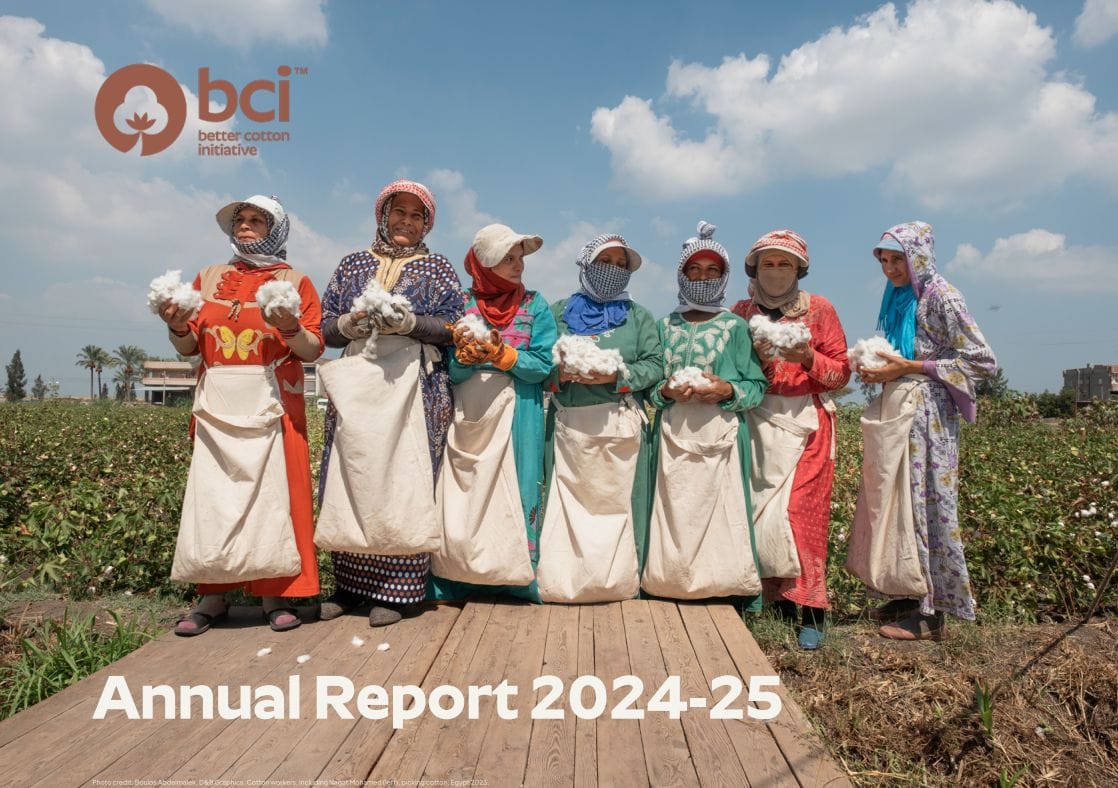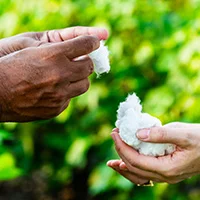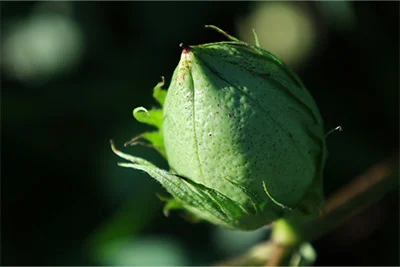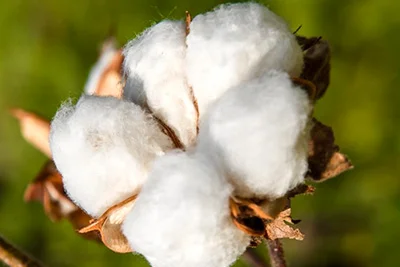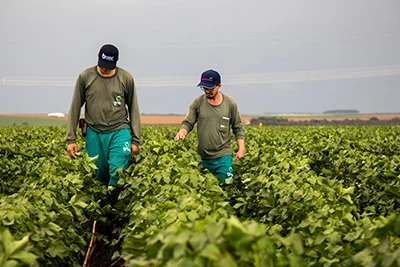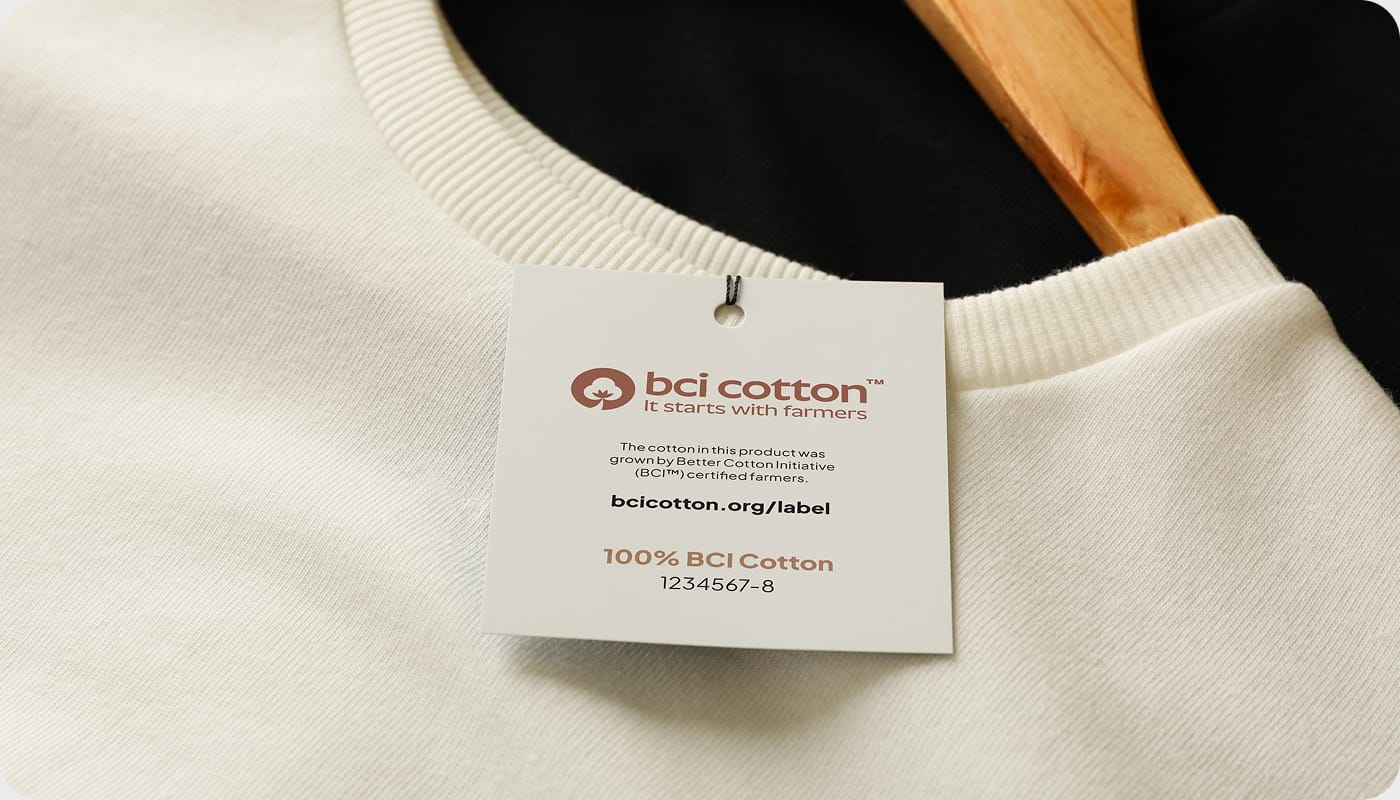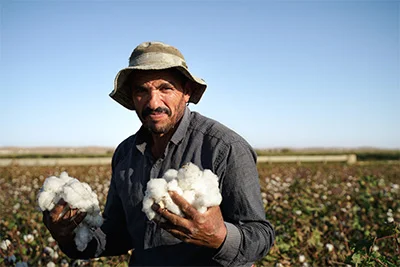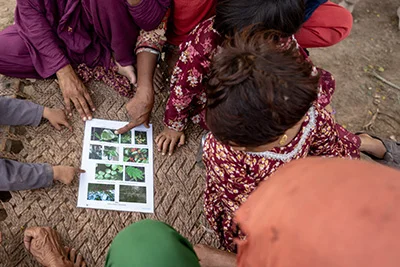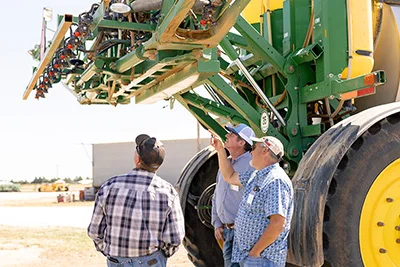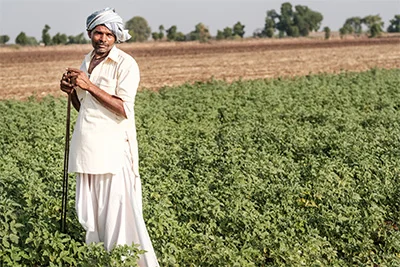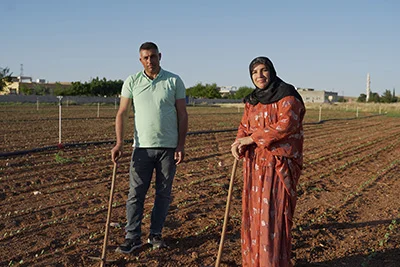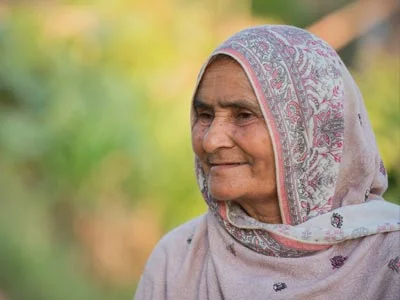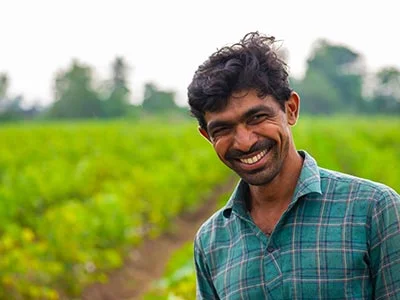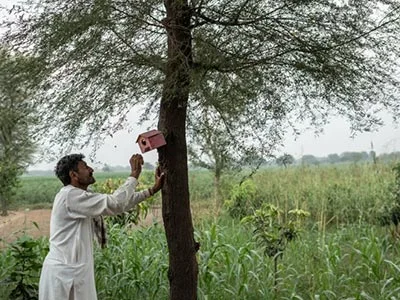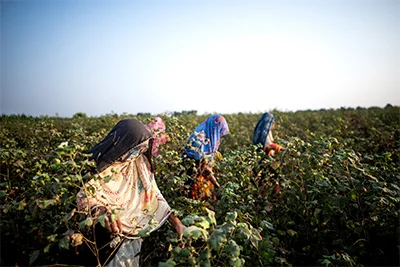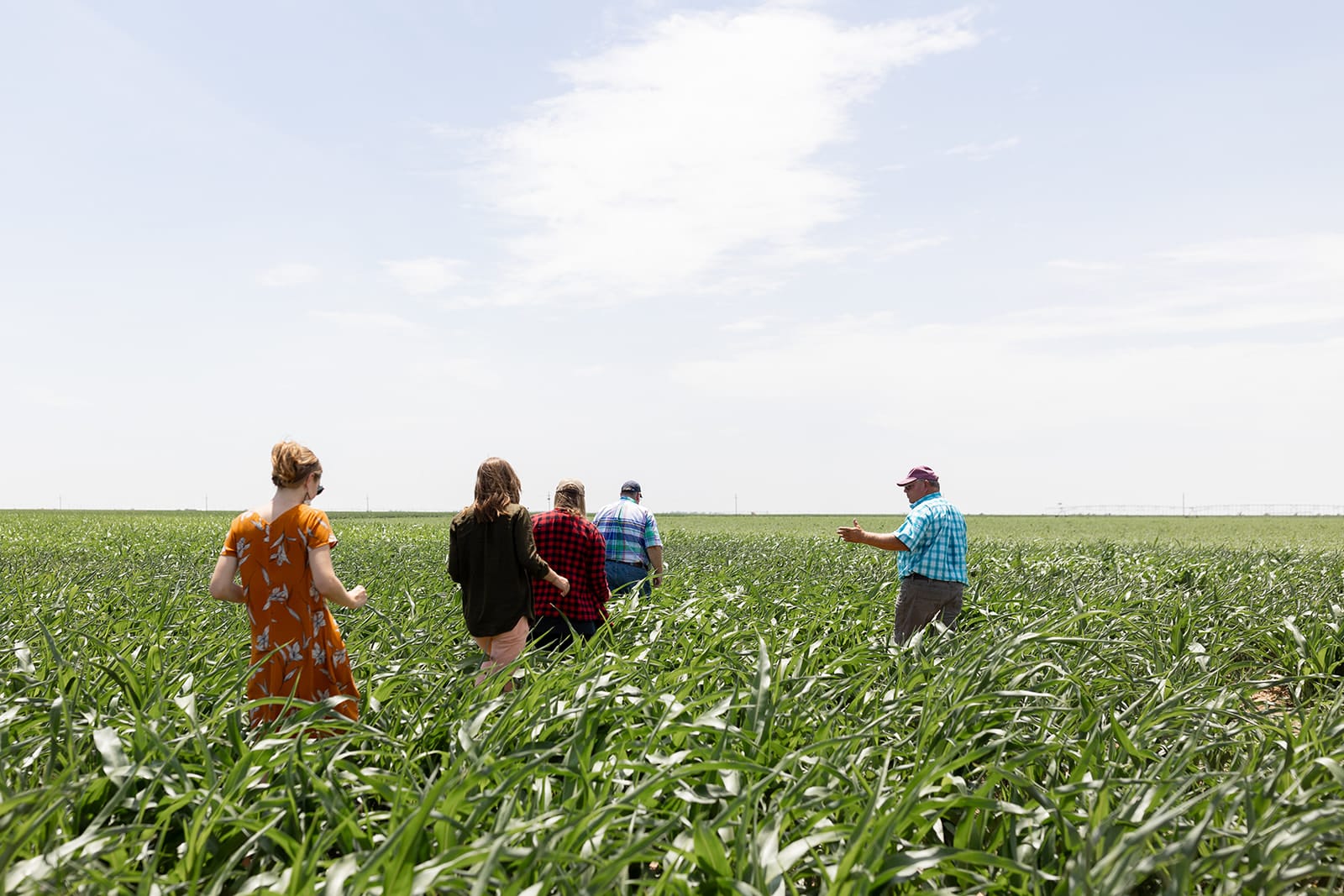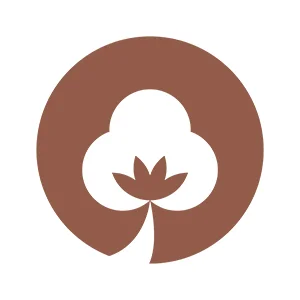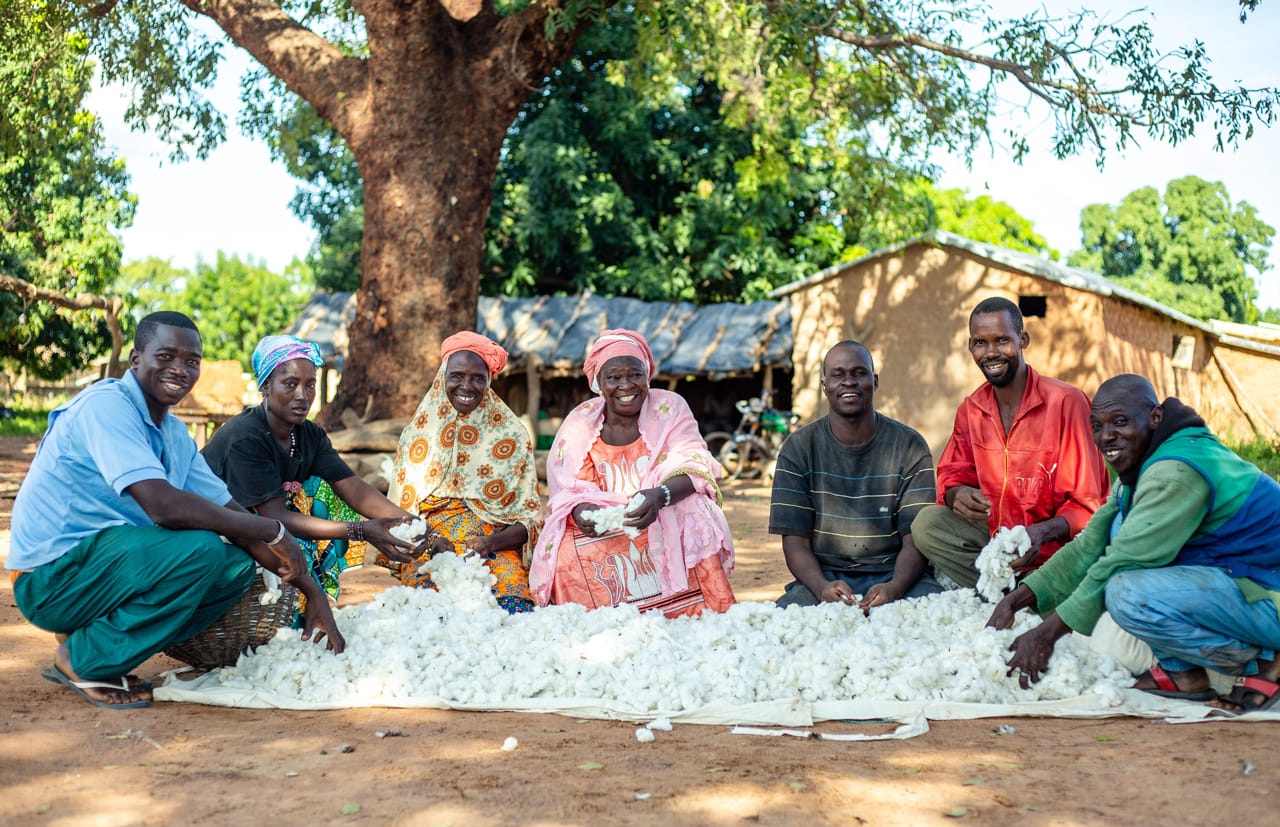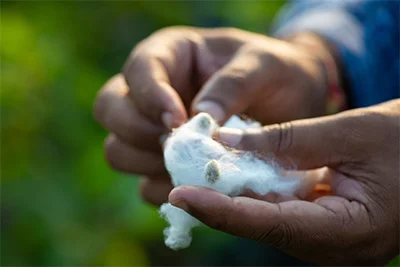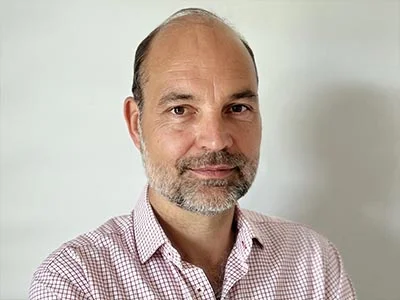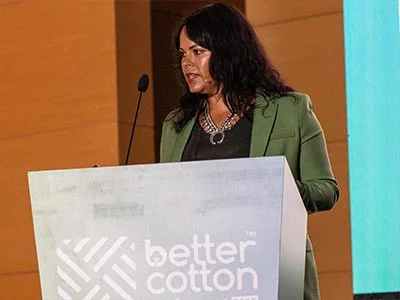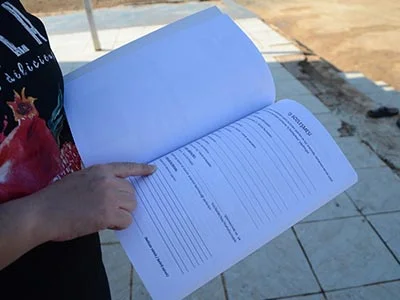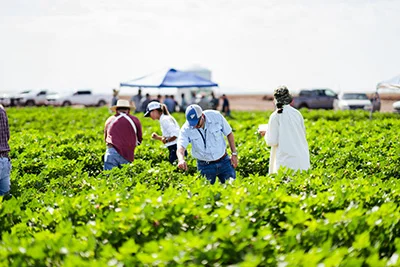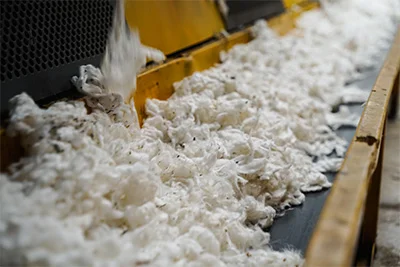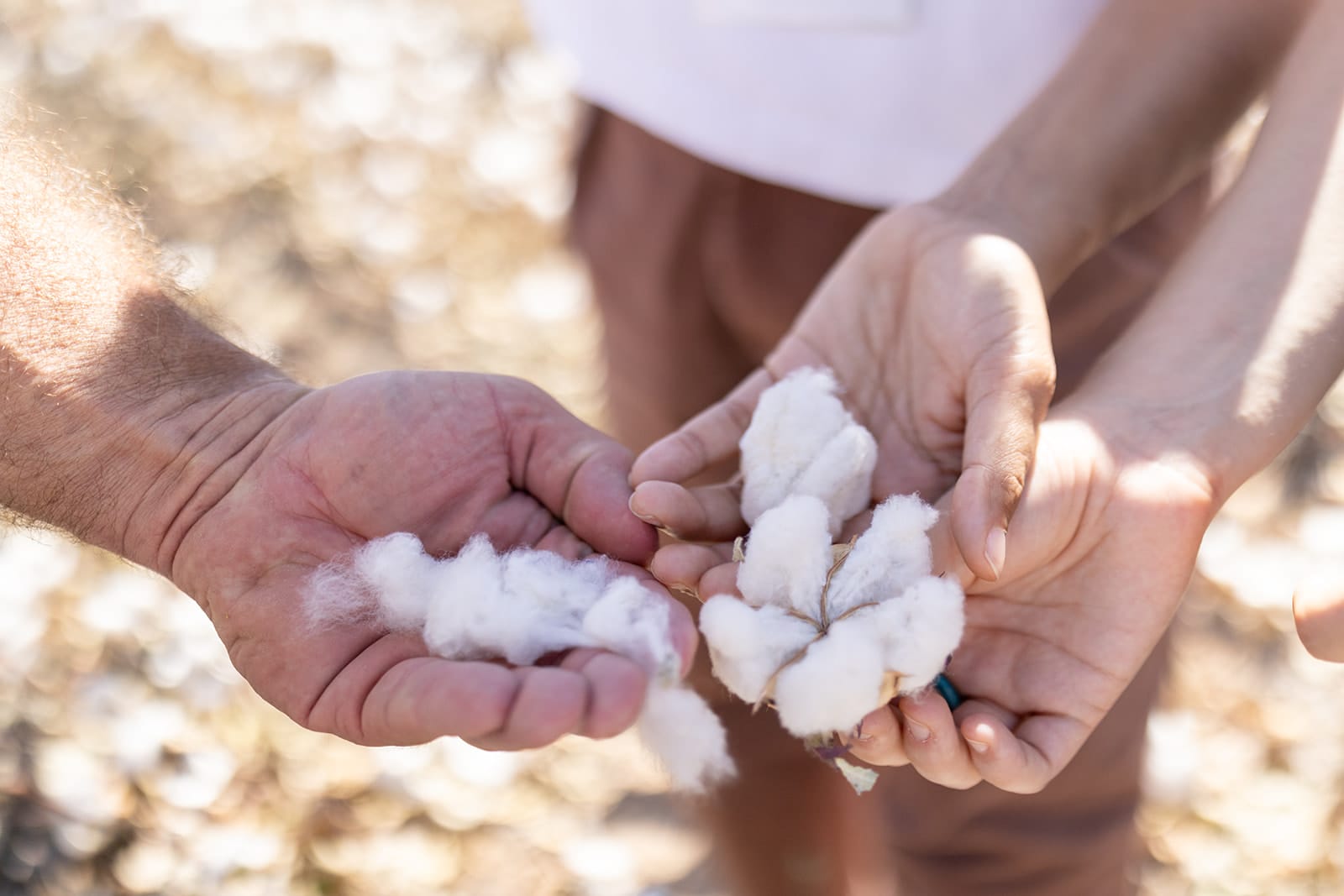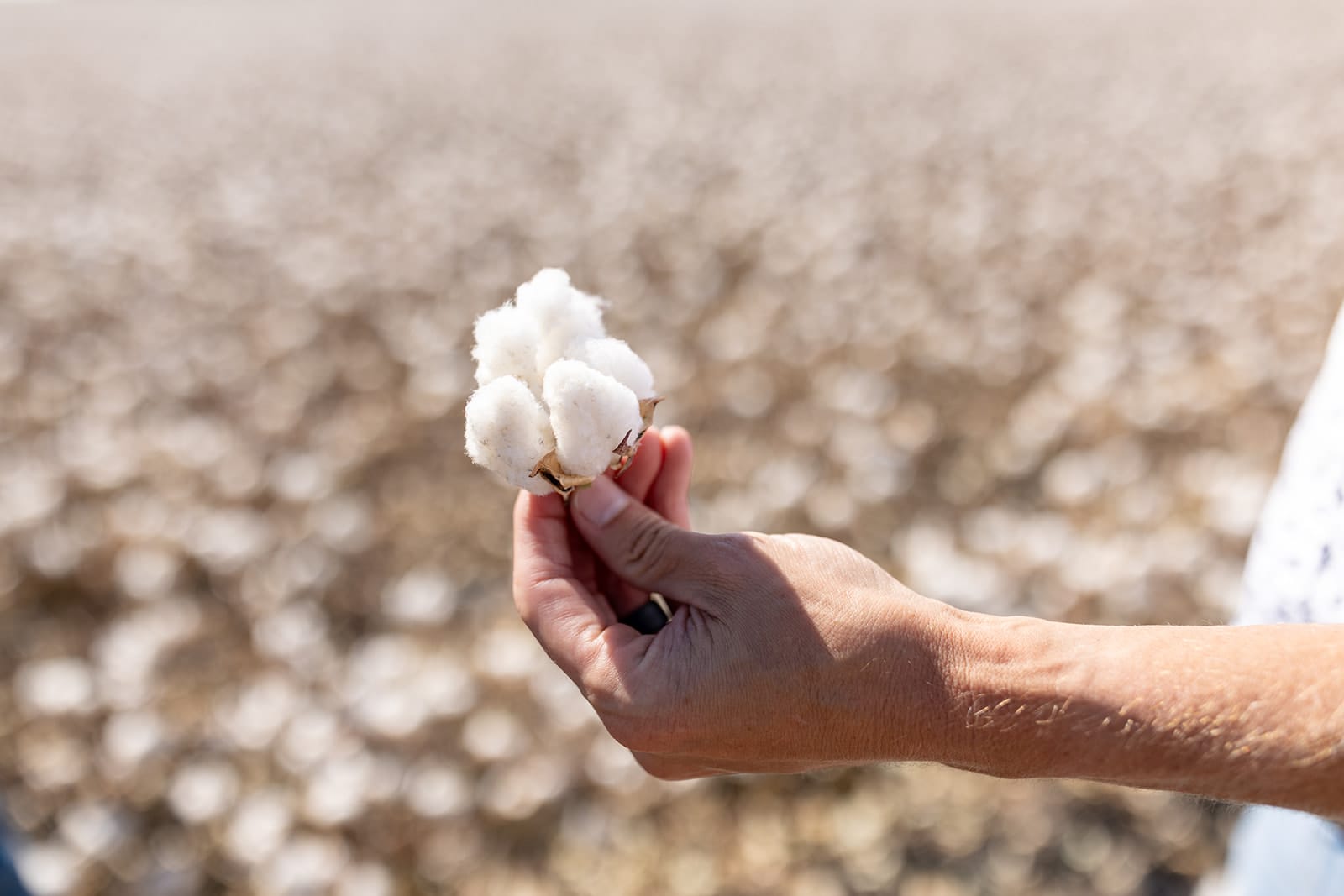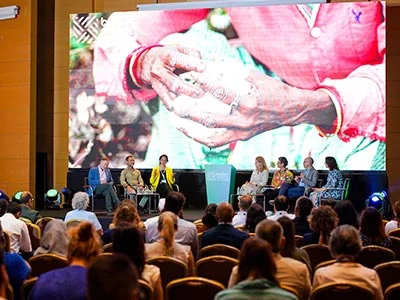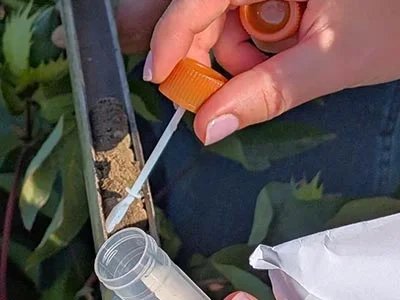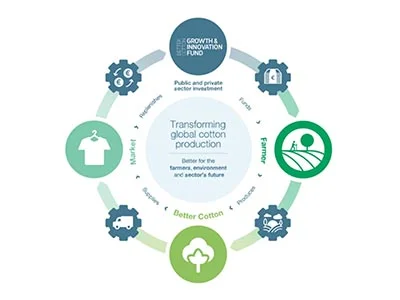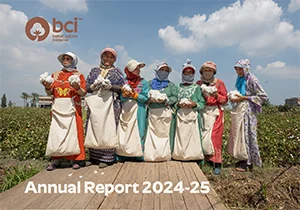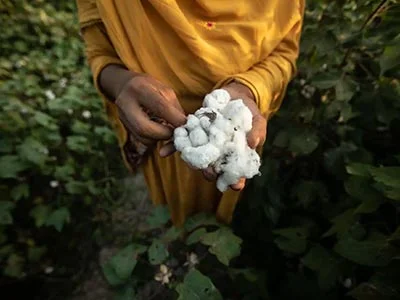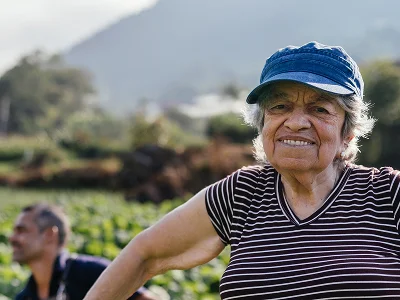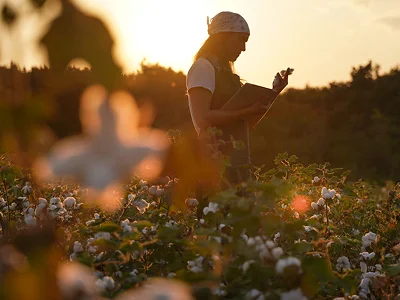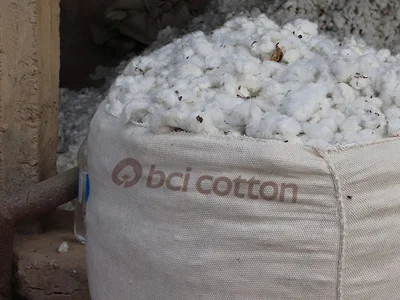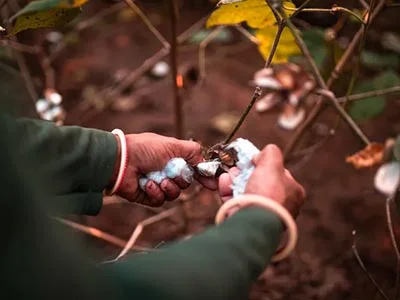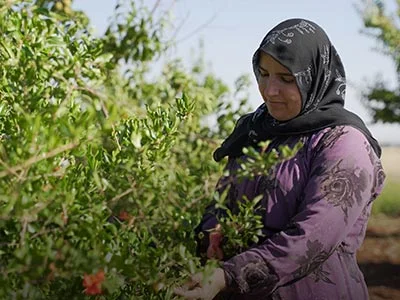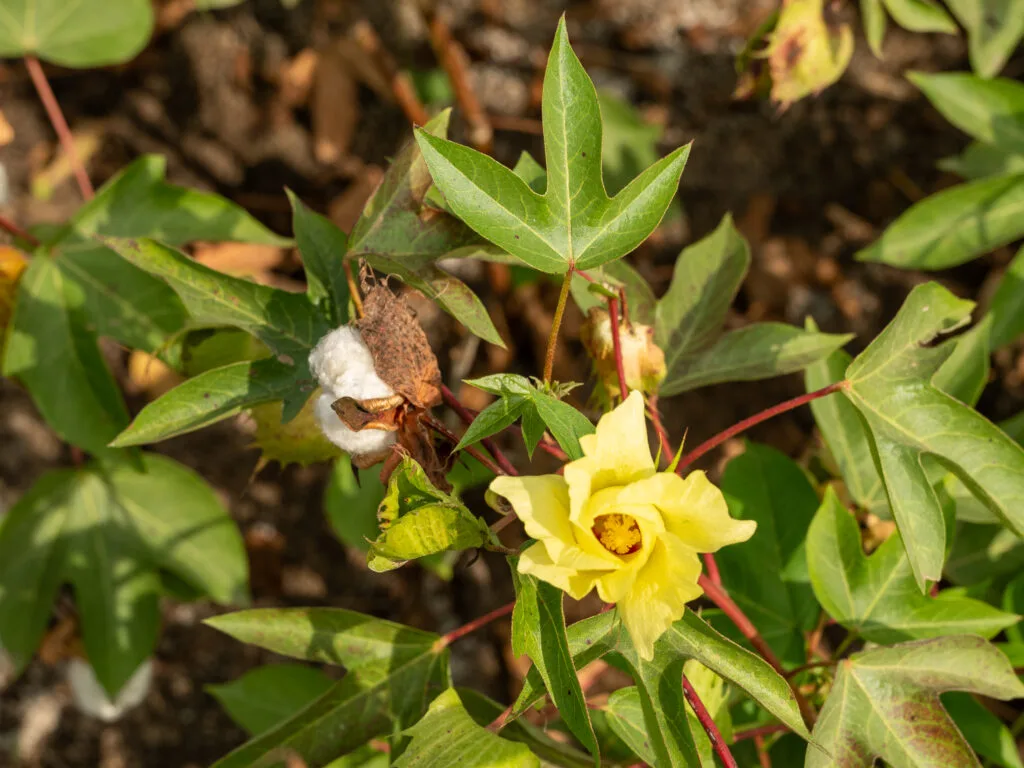
2024 was a year of significant progress and growth for Better Cotton, funding 35 projects through the Better Cotton Growth and Innovation Fund and working with 54 partners across the world. We were also fully engaged in collaborating with our global network, to drive supply chain transparency through traceability and strengthen credibility with certification.
This year promises to be just as action-packed. As 2025 begins, we took the opportunity to sit down with our CEO Alan McClay to hear about his reflections on 2024 and his vision for the year ahead.
What learnings from 2024 are you taking into this new year?
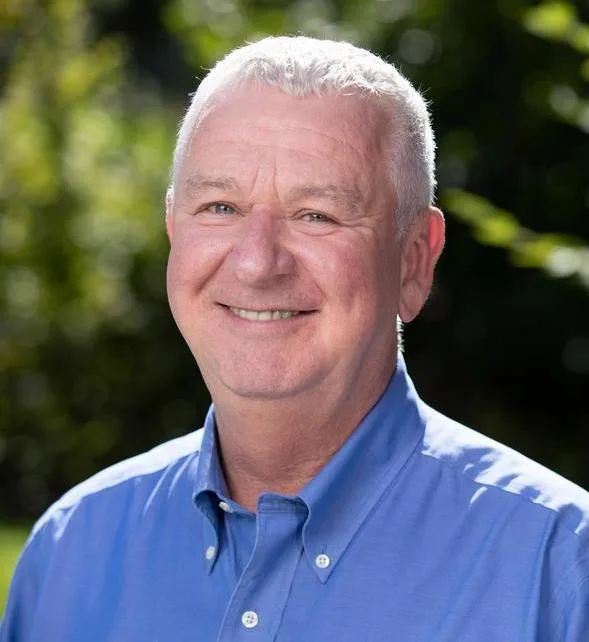

2024 was a watershed year for Better Cotton, with several developments converging. Internally, we were able to reinforce our Executive Group, and we’ve now got a really impressive bench of talent and experience at the top of the organisation working alongside a renewed Council.
The Better Cotton Growth and Innovation Fund is going strong, with a growing focus on multi-year commitments in our grant-making strategy. Currently, 18 of the 35 GIF-funded projects have three-year funding. We have also taken the step to enshrine improved Programme Partner performance within our organisational operating procedures. Our ambition for 2025 is to capitalise on this, working with our partners to make sure our programmes are growing and moving forward.
We closed out the year with record uptake and interest in Better Cotton Traceability, which is hugely encouraging. Lastly, we undertook a refresh of our 2030 Strategy, a highly valuable exercise which validated our mission whilst helping us to identify what we need to prioritise going into 2025.
What are some of your key goals and objectives for 2025?
At the heart of everything we do are our key impact areas, and it is essential that we demonstrate progress against these in 2025. The social and environmental work we do – whether it is promoting women’s empowerment and sustainable livelihoods or helping to nurture soil health and cutting pesticide use – can only be measured based on the impact that we are achieving. Impact is everything.
In terms of tangible milestones, becoming a certification scheme is obviously a massive step forward. We have done the work and we have the systems in place, but we cannot underestimate the impact that this is going to have on the way we operate.
We are also actively preparing Better Cotton’s readiness in two other areas which are critical for our future: meeting the demand for regenerative agricultural practices in the cultivation of cotton – these are already part and parcel of our activity but we need to take the extra step of making them visible – and secondly, delivering a consistent and systematic flow of increasingly deep evidence of impact. This depends on the effective reporting of reliable data and the means and channels to communicate it.
Finally, advocacy is also something which we will be placing much greater focus on in 2025. We took our first step in this direction when we joined the Make the Label Count coalition last year, but we need to make sure that we are speaking out more and taking our place in the conversations that affect our work. We have a unique leadership position in the sector, and we need to own that.
Are there any industry trends you expect to impact Better Cotton’s work in 2025?
Our operating environment is moving fast. Politically, we are seeing a rise in populism and protectionism, with geopolitical conflicts becoming increasingly sensitive. This will have a major impact on our members’ ability to trade.
Meanwhile, we are feeling the impact of the legislative landscape on the market, which brings both challenges and benefits. This, alongside technological advancements and the proliferation of standards all influence the way that our key stakeholders operate, so we are keeping a close eye on developments.
One thing that is absolutely going to continue to affect our work is climate change. This is an issue that we have long been cognisant of – it is a continuum, not an isolated event. As the weather becomes more extreme, we need to continue to prioritise work on climate mitigation and adaptation.
Can you share your reflections on your move to step down as CEO later this year?
I feel honoured and proud to have been a part of Better Cotton’s journey. We have witnessed explosive growth and it has been heartening to see how well we have handled this. While there are a few limiting factors, I think the operating environment is conducive to sustained growth for the organisation going forward.
Crucially, we need to be able to stand up and be counted. As one of the biggest players in the textile and fashion sustainability space, the stakes are very high. We need to be louder, and we need to be listened to, because we’ve got some extraordinary unique strengths and a huge contribution to make to advancing both the social and environmental sustainability of farming and cotton
We have made a huge step forward over the past ten years, going from simply focusing on the number of farmers we are reaching to now measuring output levels and impact, and this is a crucial evolution. Impact is at the core of everything we do, and we need to continue to deliver and expand on it. Looking forward, I hope that Better Cotton can build on the great work that has been done to deepen the impact we can deliver at scale.

